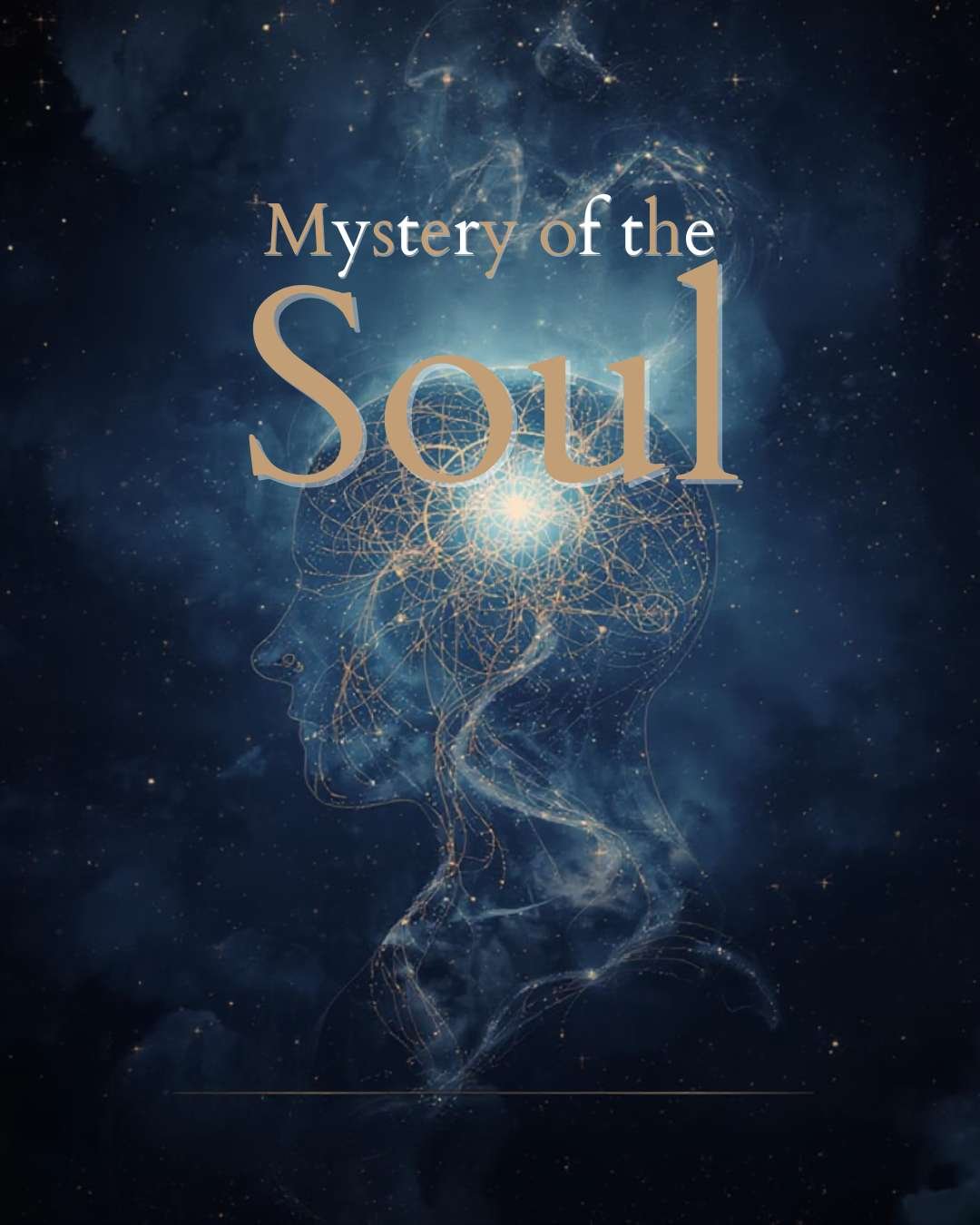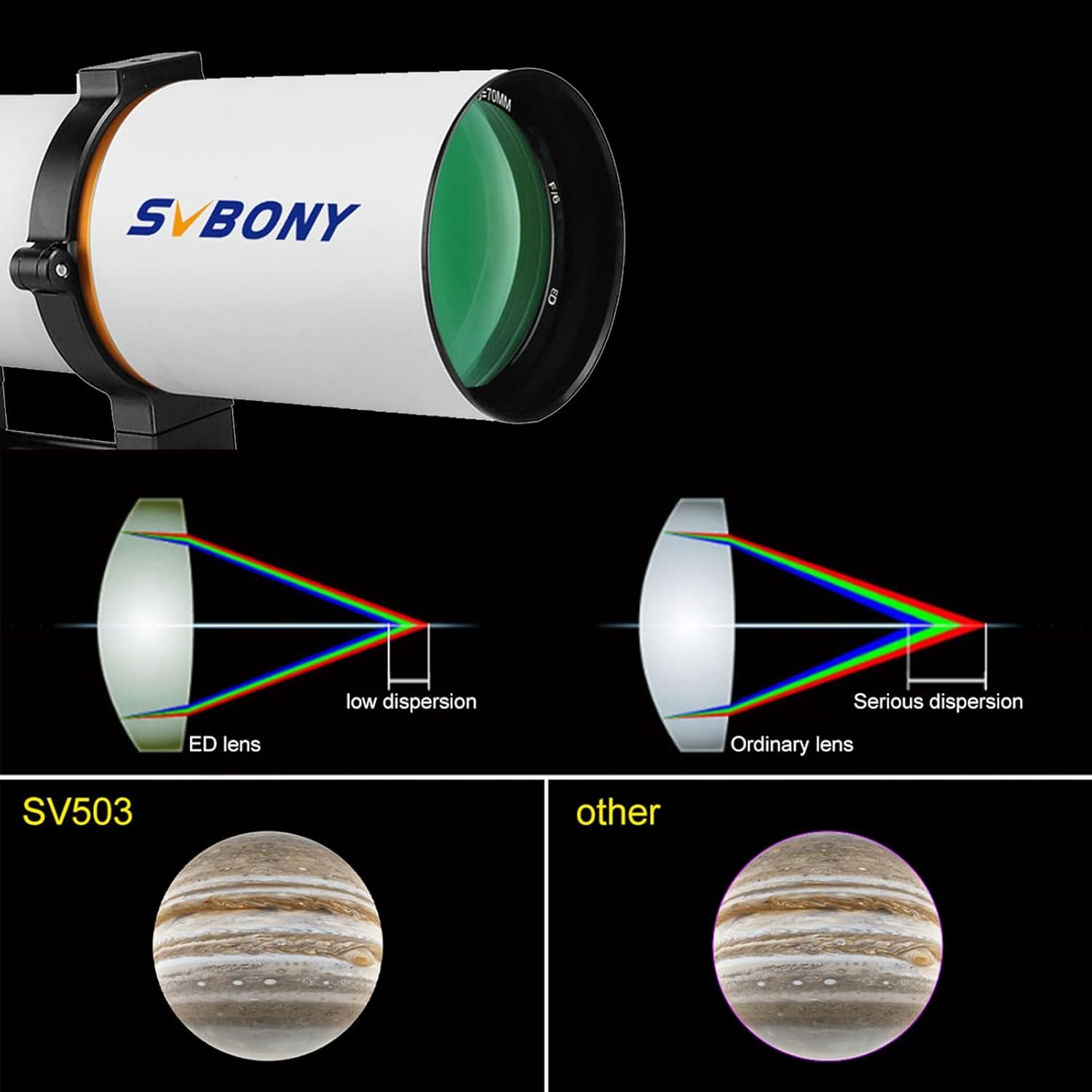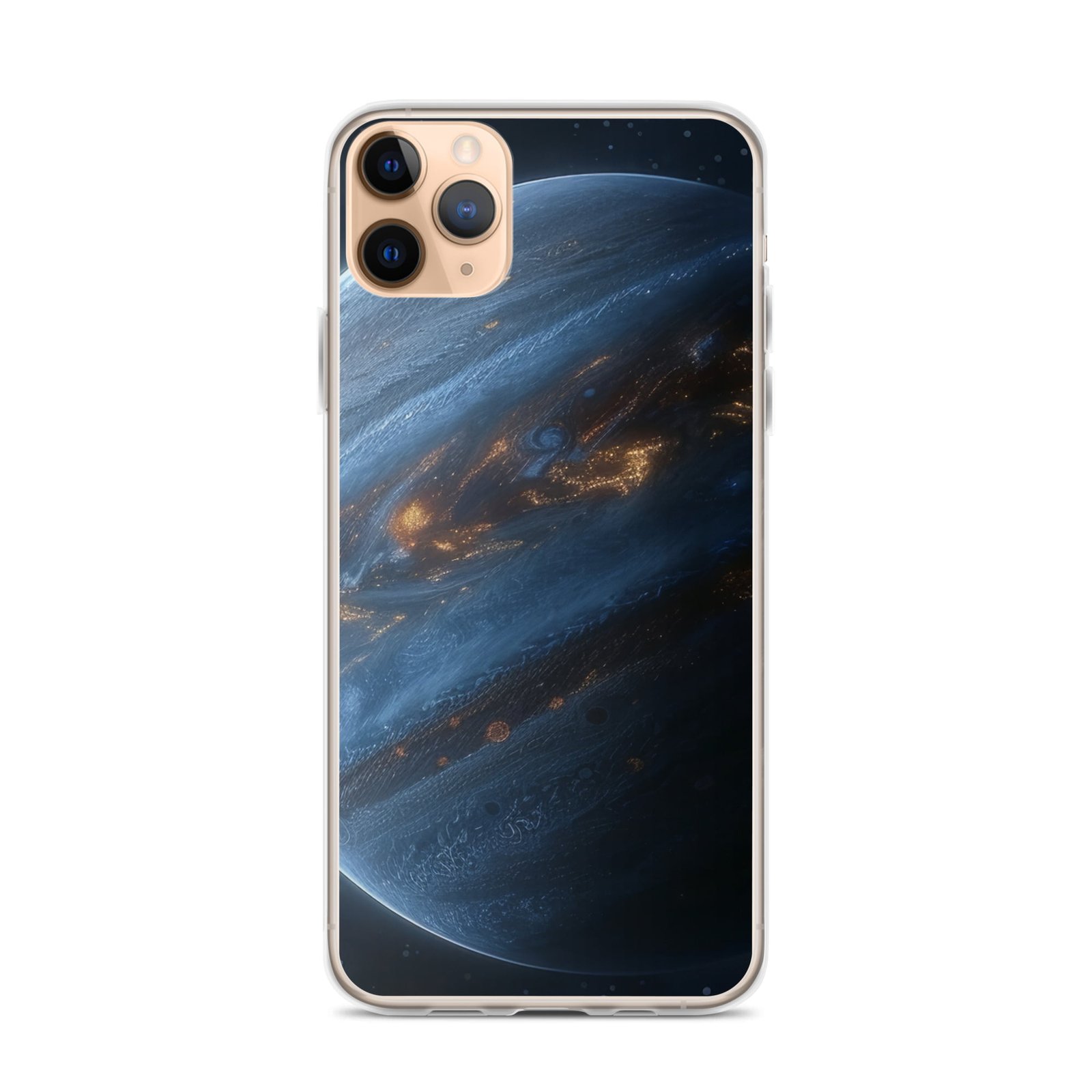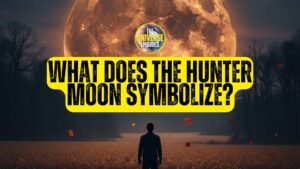
The Mystery of the Soul: Where Science Meets Spirituality explains how science and spirituality explore consciousness and whether a soul exists.
Key takeaways about the mystery of the soul
- The word “soul” has meant everything from immortal spirit to life-force to subjective consciousness, depending on culture and era.
- Modern neuroscience shows how tightly personality, memory, and decision-making are linked to brain activity, yet consciousness itself remains deeply mysterious.
- The hard problem of consciousness keeps the question “Does the soul exist?” alive, because we still do not know why brain processes are experienced “from the inside.”
- Quantum consciousness and “quantum soul” ideas are popular, but most are speculative and go beyond what physics and neuroscience can currently support.
- Near-death experiences and reincarnation research are intriguing but do not yet count as decisive scientific evidence for a surviving soul.
- Meditation, prayer, and psychedelics show clear links between spiritual practice, brain networks, and shifts in the sense of self, creating a real space where science meets spirituality.
- For now, the mystery of the soul remains open: the brain clearly matters, consciousness is still not fully explained, and both science and spirituality have important pieces of the puzzle.
What does the soul mean when science meets spirituality?

Before we ask whether the soul exists, we need to ask what “soul” actually means.
Different traditions have used one word to point at very different ideas.
In many Western religious contexts, the soul is an immaterial, immortal essence given by God, able to survive bodily death and stand in moral judgment.
In Hindu thought, the soul appears as Atman, an eternal self that may ultimately be identical with the ultimate reality, Brahman, while Buddhism famously denies any permanent soul and teaches anatta, or non-self.
Philosophers added their own layers.
Plato described the soul as an immaterial, rational self that can exist apart from the body and even be reborn.
Aristotle, in contrast, defined the soul as the “form” or organizing principle of a living body—a life-pattern rather than a ghost inside a machine.
When science meets spirituality today, “soul” usually points at at least three things:
- The subjective “I” that feels like the center of experience
- The sense of personal continuity and identity over time
- The possibility that consciousness survives bodily death
Science has a lot to say about the first two.
It has far less to say about the third, which is where the heart of the mystery of the soul still lies.
Does the soul exist? Classical beliefs vs brain-based explanations
How spiritual traditions answered “Does the soul exist?”
Across cultures and centuries, most humans have taken it for granted that the soul exists in some form.
The soul explained why we are conscious at all, how we differ from other animals, and what happens when we die.
Common themes include:
- You are more than your body and brain.
- Consciousness, or the soul, can continue after physical death.
- There is a deeper moral or spiritual layer to reality that the soul participates in.
These ideas bring comfort, meaning, and a sense of moral order.
They also collide with a strict materialist view that sees humans primarily as complex biological machines.
How the mind–body problem reframed the mystery of the soul
In the 17th century, René Descartes set up the classic mind–body problem.
He argued that the mind (or soul) is a non-physical, thinking substance, while the body is physical, extended substance.
This raises a difficult question: if the soul is non-physical, how can it move a body, which is physical?
Later critics like Gilbert Ryle dismissed this as a “ghost in the machine” model and argued that mental life must somehow be rooted in physical processes rather than a spooky extra entity.
Modern neuroscience picks up this thread.
Instead of asking “Where is the soul?” it asks “How does the brain generate consciousness and the sense of self?”
That shift has changed how we talk about the mystery of the soul, but it has not removed the mystery itself.
Neuroscience and the soul | what the brain reveals about consciousness

Neuroscience does not talk about souls.
It talks about neurons, synapses, brain networks, and neural correlates of consciousness.
Still, its discoveries shape how many people think about the existence of the soul.
When brain damage changes “who you are”
One of the most famous examples is Phineas Gage, a 19th-century railway worker.
An iron rod blasted through his skull and damaged his frontal lobes. He survived, but reports say his personality changed so drastically that he seemed like a different person.
Gage’s story is dramatic, but today we have countless similar cases. Examples include:
- Injuries to frontal regions that alter impulse control, moral judgment, and social behavior
- Degenerative diseases like Alzheimer’s that gradually erase memories and personal identity
- Brain lesions and strokes that change emotional tone, religious feeling, or decision style
Traits often associated with the soul—character, memory, moral sense—turn out to be very sensitive to the condition of the brain.
That strongly suggests that whatever we call “self” is at least deeply entangled with neural structures.
Consciousness on a scanner | neural correlates of experience
With tools like fMRI and EEG, researchers can now watch the brain in action.
They can see different patterns when a person consciously sees an image versus when the same image is processed unconsciously.
They can tell whether someone is awake, dreaming, under anesthesia, or in a coma by looking at global brain activity.
From all of this, one central theme emerges:
- In normal life, no brain activity means no detectable consciousness.
This does not logically disprove the soul, but it does show that as far as we can measure, conscious experience depends strongly on the living brain.
Free will, the soul, and the Libet experiments
Another famous line of research comes from Benjamin Libet and later studies on decision-making.
These experiments found that brain activity related to an action builds up milliseconds or even seconds before a person becomes aware of “deciding” to perform that action.
In simple tasks, researchers can sometimes predict which button someone will press before the person reports having chosen.
This suggests that unconscious neural processes start the action first, and conscious awareness arrives later.
If so, then our sense that a freely willing soul initiates each decision may be, at least partly, a story the brain constructs after the fact.
Some scientists think this undermines the idea of a soul as a separate, free agent. Others argue that these experiments test only trivial choices and do not touch deeper moral decisions.
Either way, neuroscience presses hard on a traditional view where the soul simply “pulls the levers” of the body from outside.
The hard problem of consciousness and the mystery of the soul
Even with all this brain data, one enormous question remains:
Why is any of it felt from the inside?
Philosopher David Chalmers called this the hard problem of consciousness.
We can, in principle, explain the “easy problems”: how the brain processes information, recognizes faces, or reports experiences.
The hard problem asks why all that processing is accompanied by a subjective inner life—why there is “something it is like” to see red, taste coffee, or feel grief.
We could map every neuron that fires when you feel awe under a starry sky.
We still would not know why that pattern of firing is experienced as awe rather than silence, or why there is any experience at all.
This matters deeply for the mystery of the soul:
- If consciousness cannot be fully derived from physical description, some think it hints at a deeper, irreducible “mind-like” aspect of reality.
- Others argue that our intuitions are misleading and that once we understand information processing better, the hard problem will dissolve.
Either way, the hard problem keeps the question of the soul very much alive.
It suggests that even if the brain is the stage, we still do not fully understand what it means to be the actor or the audience.
Quantum consciousness and the idea of a “quantum soul”
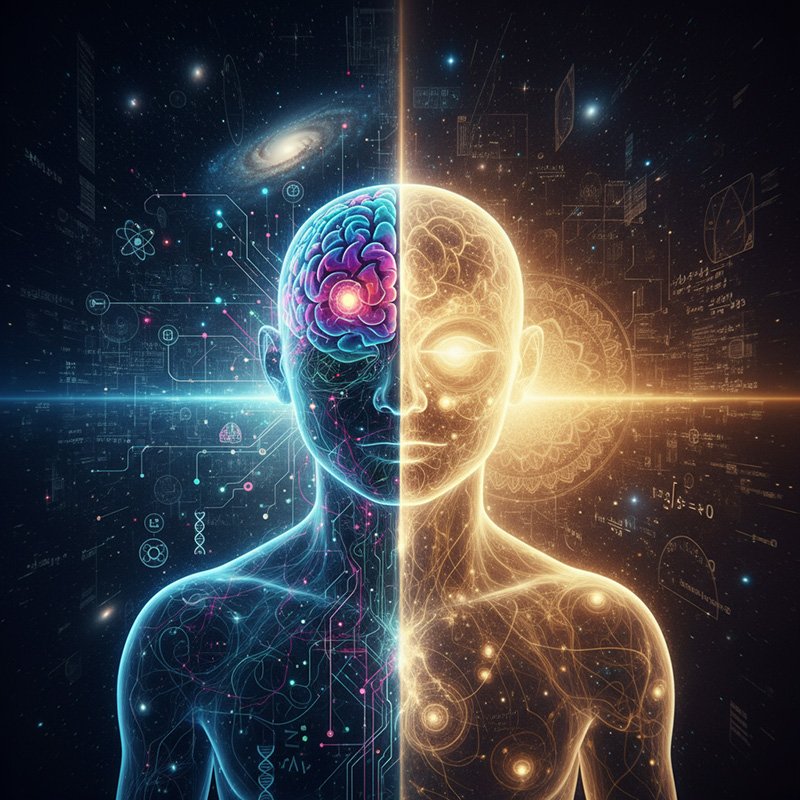
Quantum physics is famously weird, and many people hope it can explain consciousness or even secure a place for the soul.
This is where terms like quantum consciousness and quantum soul enter the conversation.
What is quantum consciousness supposed to be?
One of the best-known proposals is the Orch OR theory (Orchestrated Objective Reduction) by physicist Roger Penrose and anesthesiologist Stuart Hameroff.
They suggest that quantum processes inside neuronal microtubules could give rise to moments of conscious experience.
In this view, consciousness is tied not just to classical brain activity but to very deep quantum events.
Supporters argue this could:
- Explain the unity and strange qualities of consciousness
- Provide room for non-algorithmic or non-computable aspects of mind
- Offer a bridge between physics and subjective experience
Why most scientists are skeptical of quantum soul claims
There are major problems, though:
- Quantum states are delicate and usually decohere extremely quickly in warm, wet environments like the brain.
- Experiments so far have not decisively confirmed the specific quantum effects the theory predicts inside microtubules.
- Even if quantum events operate in the brain, that still does not automatically explain why they are accompanied by conscious experience.
Beyond serious theories like Orch OR, popular books sometimes use phrases such as “quantum soul” or “quantum healing” very loosely, slapping quantum jargon onto spiritual ideas without genuine physical justification.
Quantum physics may one day contribute to our understanding of consciousness, but at present, it does not provide solid proof of a soul.
Much of what is said in this area is metaphor or speculation rather than established science.
Near-death experiences, reincarnation research, and evidence for the soul
If the soul exists, you might expect evidence to show up at the edges of life and death.
Two areas attract particular attention: near-death experiences (NDEs) and reincarnation research.
Near-death experiences and the soul
Near-death experiences often include common themes:
- A feeling of leaving the body
- Moving through a tunnel toward a bright light
- Meeting deceased relatives or spiritual beings
- A life review or overwhelming sense of love and peace
Some interpret these as evidence of the soul separating from the body.
Neuroscience, however, offers several possible explanations:
- Reduced blood flow to the eyes and visual cortex can create tunnel-like visual effects.
- Disruption of the temporoparietal junction can produce out-of-body sensations.
- Brain activity spikes near the moment of death may create vivid dream-like experiences.
There are a few cases where people report accurate details from outside their normal field of view during cardiac arrest, and these remain debated.
But taken as a whole, NDEs are not yet considered decisive proof of a soul by mainstream science.
Reincarnation research and the soul
Researchers at places like the University of Virginia have documented thousands of cases of children who claim to remember previous lives.
Some recall names, places, or causes of death that appear to match real, deceased individuals. A subset of these children even have birthmarks or physical anomalies that seem to correspond to reported wounds.
Skeptics point out several alternative explanations:
- Cultural suggestion in societies where reincarnation is already widely believed
- Cryptomnesia—forgotten but real exposure to information later recalled as “past life” memories
- Selective attention and confirmation bias when matching a child’s statements to a deceased person’s life
These studies are fascinating and carefully documented, but they remain controversial.
They keep the conversation about the soul and rebirth alive, yet they do not force a scientific consensus that reincarnation—and therefore a migrating soul—is real.
Meditation, neurotheology, and neuroscience of spirituality
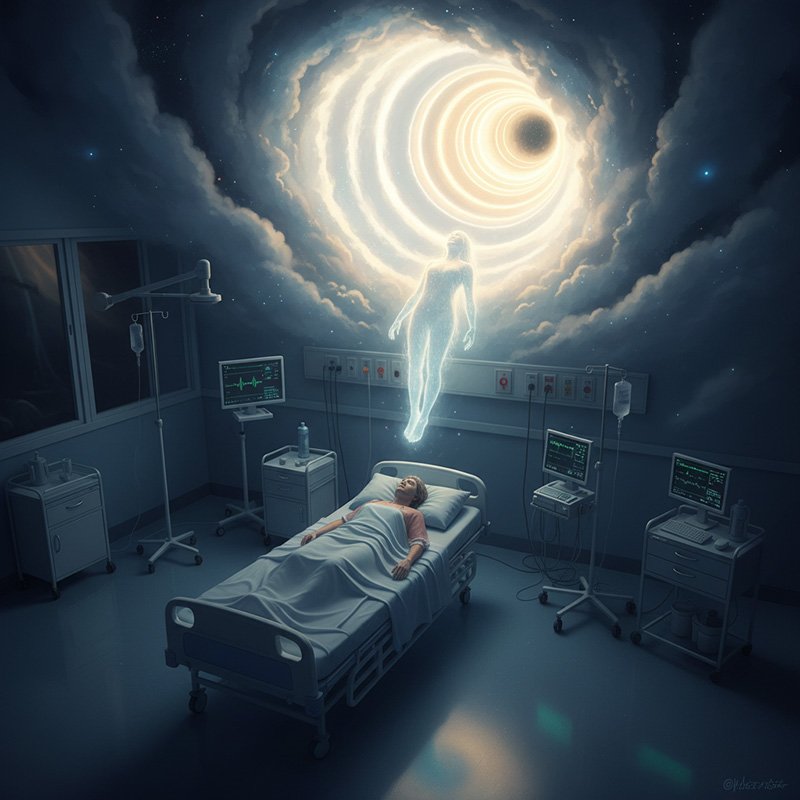
Even if science cannot confirm a soul, it can measure what happens when people pursue spiritual practices that are often described in soul-language: prayer, meditation, worship, and mystical experience.
Neurotheology: the brain in spiritual states
Neurotheology is the study of neural activity during religious or spiritual experiences.
Using brain imaging, researchers have scanned Buddhist monks in meditation, Christian nuns in silent prayer, and other practitioners engaged in intense contemplative states.
Common findings include:
- Decreased activity in parts of the parietal lobe that usually help us sense the boundary between self and world
- Increased activity in frontal areas linked to attention, emotional regulation, and intention
When those parietal regions quiet down, people often report:
- A sense of oneness or unity with everything
- Loss of clear boundaries between “me” and “not me”
- Deep peace, timelessness, or contact with a higher presence
From a spiritual angle, this can be interpreted as the soul touching the divine.
From a neuroscientific angle, it appears as a particular brain pattern that reliably produces “unitary” experiences.
Meditation, psychedelics, and ego dissolution
Research on long-term meditators shows enduring changes in brain networks such as the default mode network (DMN), which is active when we think about ourselves, our past, and our future.
Experienced meditators often show less DMN activity and report less habitual self-referential chatter.
Similarly, clinical studies using substances like psilocybin show that:
- The DMN can temporarily disintegrate or “go offline.”
- Participants report ego dissolution—the sense that the usual “I” has vanished.
- The intensity of the mystical experience often predicts positive long-term changes in mood and outlook in therapeutic settings.
Again, we see a clear space where science meets spirituality:
- Science can track changes in networks, chemistry, and behavior.
- Spiritual traditions provide language and frameworks to interpret experiences of ego loss, unity, or awakening, sometimes as insights into the true nature of self or soul.
Whether you interpret these states as glimpses of the soul, as valuable illusions, or as both is partly a matter of worldview.
But from a practical perspective, they show that our sense of self is far more fluid than we usually think.
A personal reflection | living with the mystery of the soul
My first serious encounter with the mystery of the soul did not come from a philosophy book.
It came in a hospital room, watching monitors beep and fade while holding the hand of someone I loved.
In that moment, the question “Does the soul exist?” was not abstract. It was immediate and emotional.
Later, I turned to neuroscience.
I read about frontal lobes and decision-making, about memory systems and identity, about the default mode network and how it supports our inner narrative.
The more I learned, the harder it became to imagine a soul completely independent of the brain.
At the same time, I started to meditate regularly.
Sitting quietly, watching breath and thought, I noticed that the sense of “me” could soften or even briefly disappear.
Moments came where experience was just happening—sounds, sensations, awareness—with no strong owner attached.
These experiences did not prove that I have a soul in any religious sense.
They also did not fully fit into a neat “you are nothing but neurons” story.
Instead, they left me comfortable living with both: a deep appreciation for what science has uncovered and a real sense of mystery about consciousness itself.
For me, the mystery of the soul is no longer about choosing sides between science and spirituality.
It is about using both to look more honestly at what it means to be a conscious being at all.
So… where does this leave the mystery of the soul?
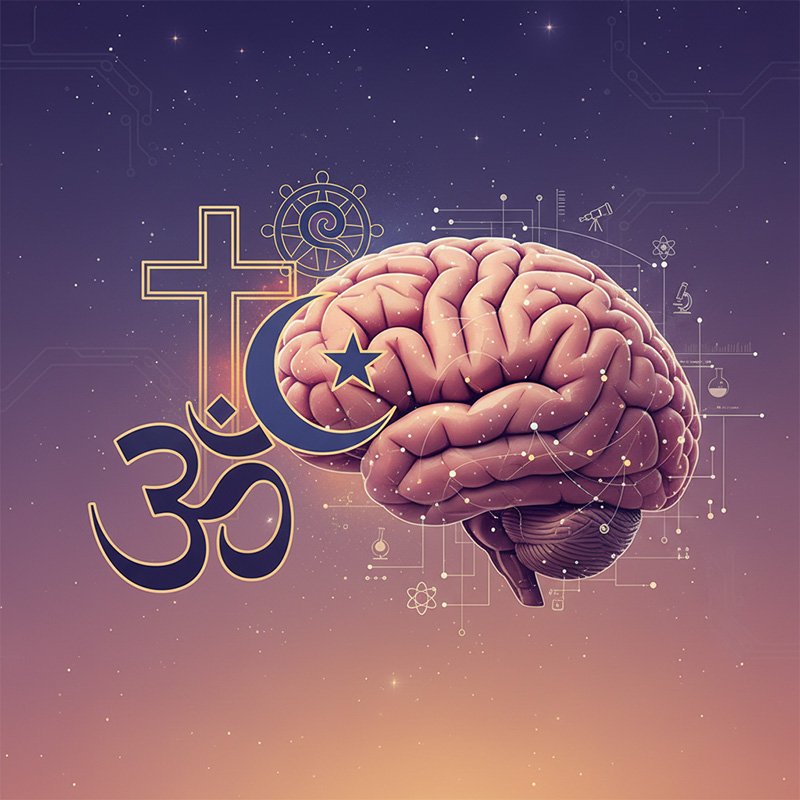
Pulling the strands together, we can say:
- Neuroscience gives powerful evidence that personality, memory, and decision-making depend on a functioning brain.
- The hard problem of consciousness shows that we still do not understand why any physical process is accompanied by an inner life.
- Quantum consciousness and quantum soul theories are creative but speculative and not yet backed by strong data.
- Near-death experiences and reincarnation research are suggestive enough to keep curiosity alive but not strong enough to settle the debate.
- Meditation, prayer, and psychedelics demonstrate that the self—often identified with the soul—is flexible and can be altered or even dissolved in specific, reproducible ways.
So does the soul exist?
If by “soul” you mean an immortal, immaterial entity already proven by science, the answer is no.
We do not have that kind of proof, and current data can be explained without it.
If by “soul” you mean the deep, first-person mystery of conscious being—the fact that there is something it is like to be you, right now—then the soul is as undeniable as experience itself.
We may ultimately choose different metaphors to talk about that mystery, but it is there, at the center of every moment.
In practice, the most honest stance is humility:
- Science should keep pushing to understand the brain and consciousness more completely.
- Spiritual and philosophical traditions can continue to explore meaning, value, and inner life.
- Individuals can draw from both, holding onto questions instead of rushing to easy answers.
The mystery of the soul may never be reduced to a single equation or verse.
But the ongoing conversation—between fMRI machines and meditation cushions, between labs and temples—may slowly change how we understand ourselves and our place in the universe.
FAQ: common questions about the soul and science
Does science prove that the soul does not exist?
No. Science shows that mind and personality are tightly linked to the brain, but it does not conclusively prove that any form of soul is impossible.
Most research simply does not address non-physical entities directly; it focuses on what can be measured.
Is the soul just another word for consciousness?
Sometimes people use “soul” to mean consciousness or inner life, but many religious traditions add extra claims like immortality or divine judgment.
Consciousness can be studied scientifically; the spiritual concept of soul usually goes beyond what science currently measures.
What does the hard problem of consciousness have to do with the soul?
The hard problem asks why any brain process is experienced from the inside.
Because it highlights a gap in our understanding of subjective experience, some see it as a modern reformulation of the old mystery of the soul.
Do near-death experiences prove that the soul leaves the body?
Near-death experiences are powerful and often life-changing, but they can be partly explained with known brain mechanisms.
So far, they are not considered definitive proof of a soul leaving the body, though opinions differ depending on one’s worldview.
Can meditation or psychedelics show me my soul?
They can certainly change your sense of self and produce experiences that feel deeply spiritual or soul-like.
Whether you interpret these as glimpses of your true soul, as meaningful brain states, or as both is a personal and philosophical decision.
Next steps: exploring the mystery of the soul further
If you want to go deeper into the mystery of the soul and how science meets spirituality, you might enjoy:
- A broader guide to consciousness and the brain, explaining how neural networks generate perception, emotion, and thought.
- A practical article on science and spirituality in everyday life, exploring how to balance critical thinking with inner practice.
- A focused explainer on the hard problem of consciousness, including why it matters for AI, free will, and our ideas about the soul.

